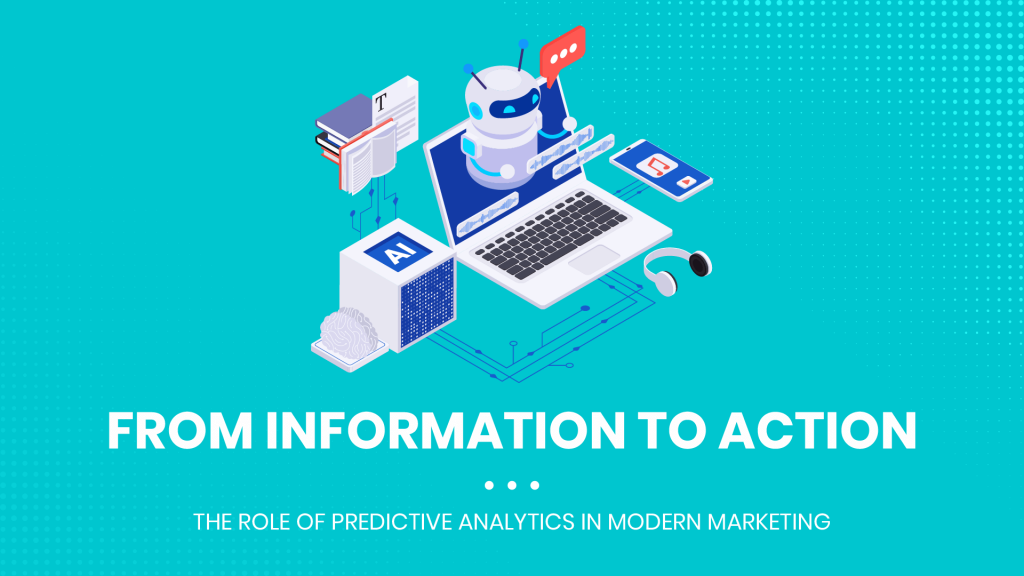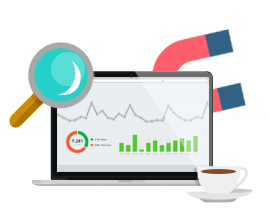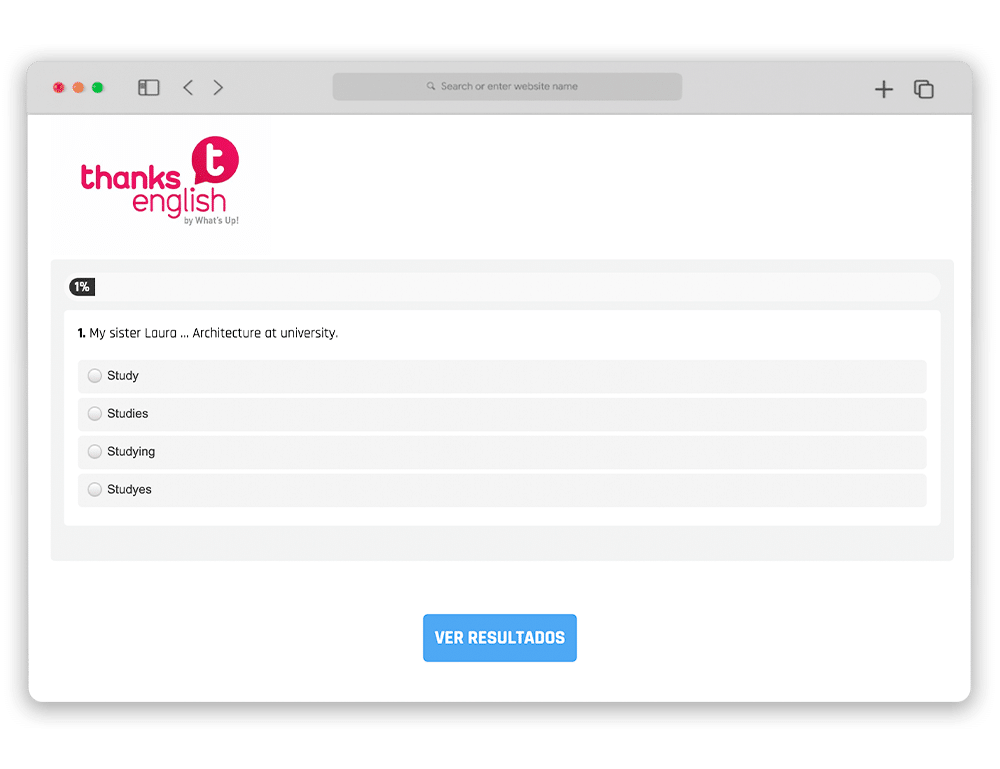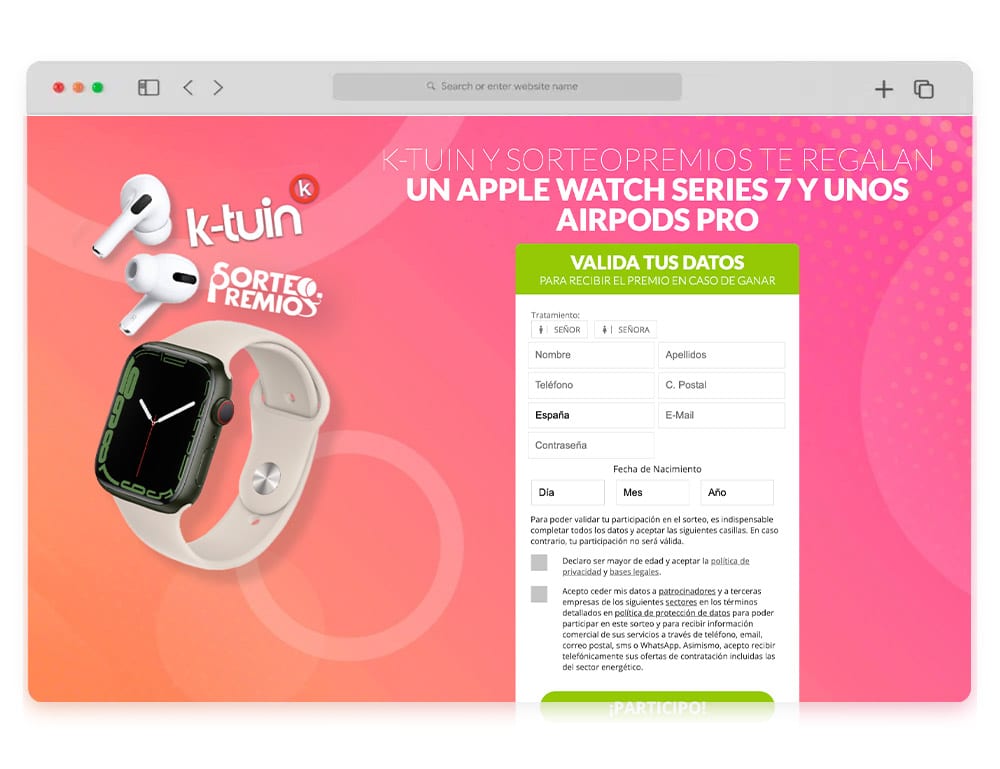Have you ever had the feeling that brands know what you’re thinking? Like when you’re just thinking about buying something and, wham, the most accurate ad appears in your social networks or mail. That’s the effect of predictive analytics.
Predictive analytics is being used to revolutionize the modern world of marketing. Gone are the days of making educated guesses. Now, companies have tons of information and know exactly what a consumer will want before they even know it themselves. And the best part is that it’s not very complicated to understand. Let’s take a step-by-step look at this and understand how predictive analytics work and why they are the new treasure of marketing.
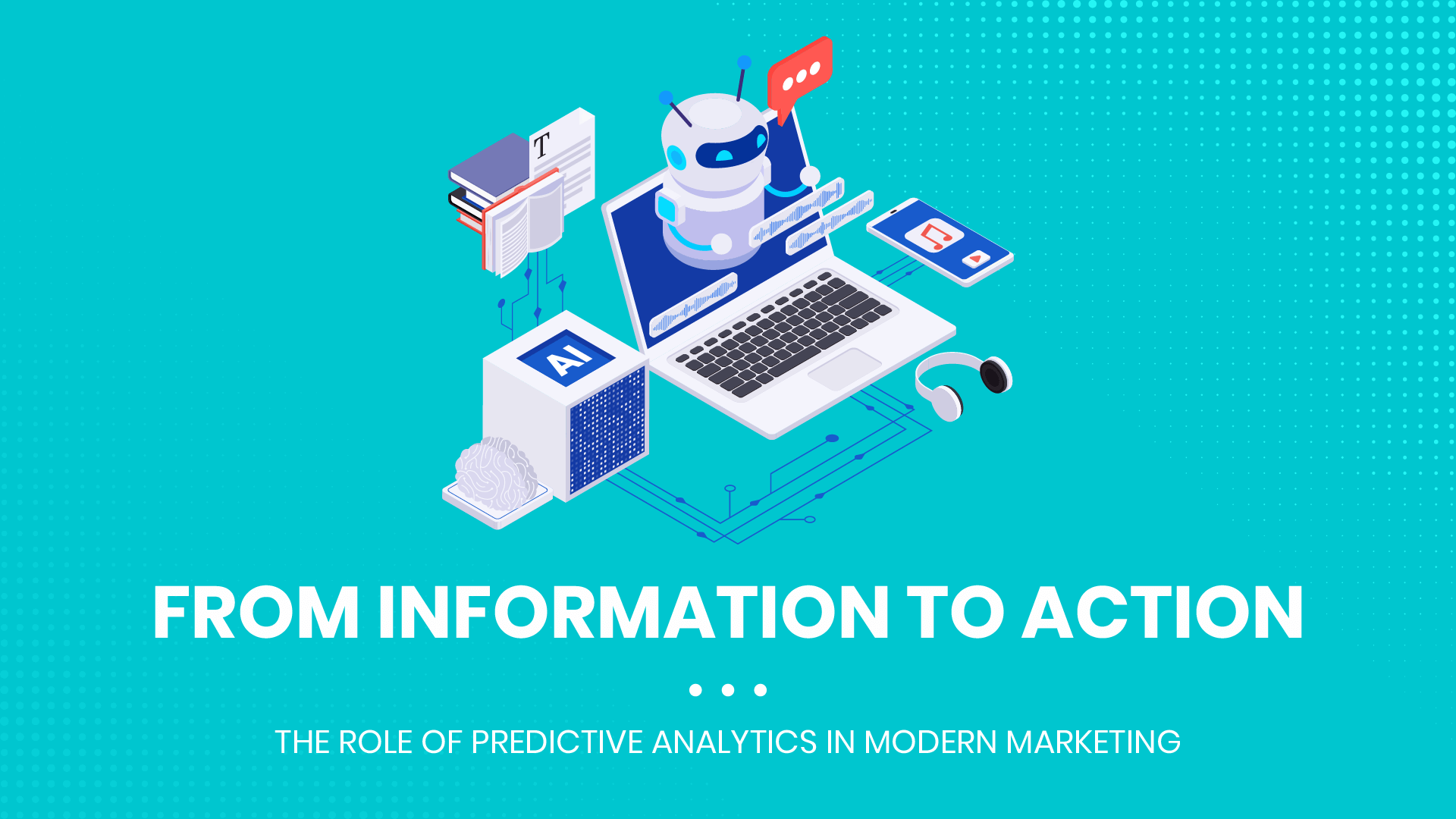
Tabla de contenidos
What is predictive analytics?
Predictive analytics can’t be compared to crystal balls, but they are much better. With this technology, an organization can get out of “firefighting” mode, i.e., they don’t have to focus solely on reacting to already-present customer needs, and can instead anticipate them before they even arise.
For example, if an online women’s clothing store observes that in every December its customers tend to buy more and more jackets, predictive analytics can not only demonstrate this fact, but also predict how many jackets the store should offer, which colors will be the most popular, and even on which day of the week purchases are most likely to be made. All this makes it possible to transform information into actionable intelligence.
How does predictive analytics work in marketing?
Predictive analytics in contemporary marketing is like that friend who always contributes without making much noise. Picture this: every time you visit an online store or skip an ad on YouTube, you’ve revealed some information about yourself.
These interactions become treasure troves of information that, when explored in depth, can tell organizations a lot about an individual, their behaviors, and their likes and dislikes.
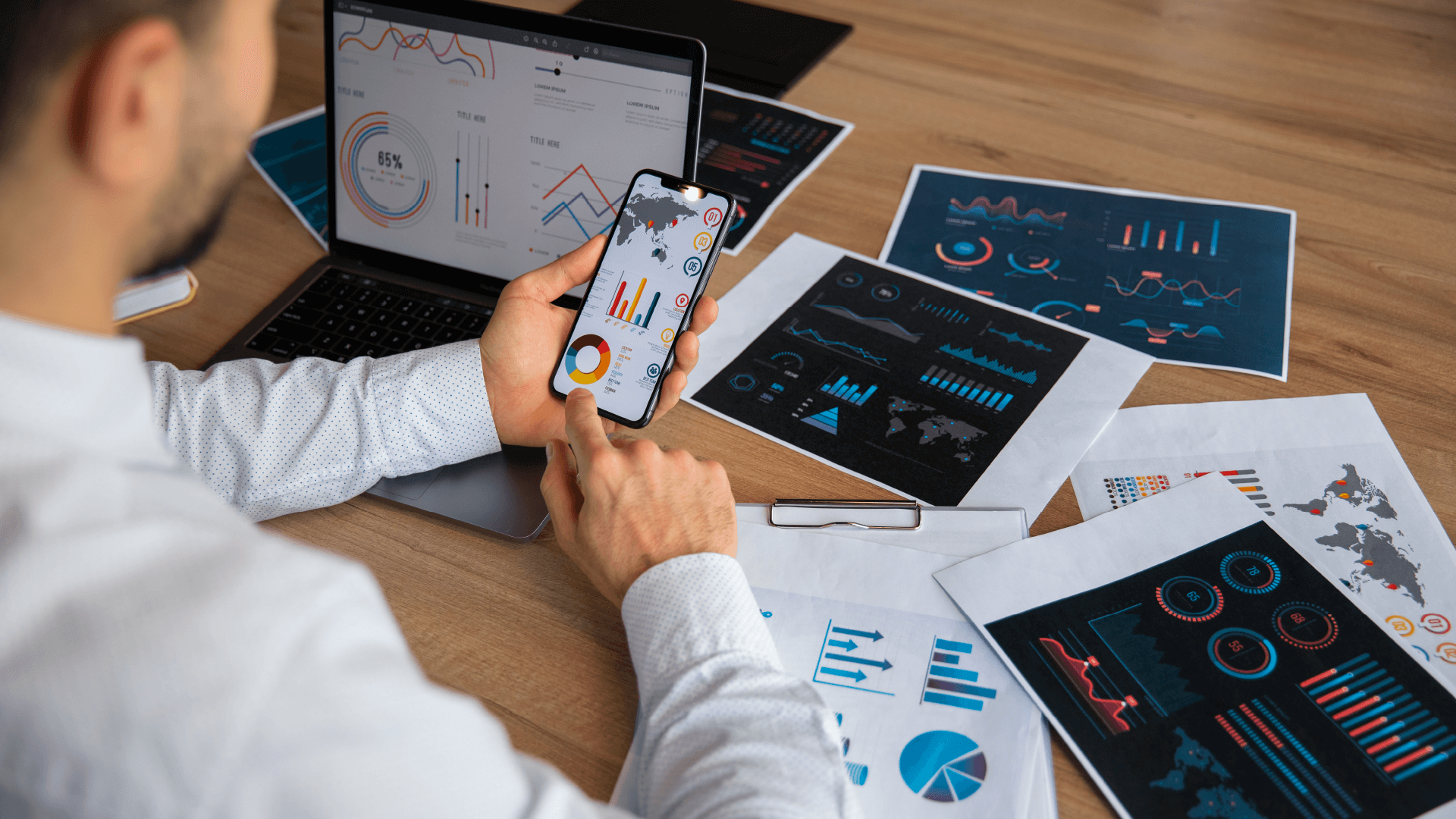
Here’s how it works:
Data collection: It all starts with collecting data that can come from various sources, such as your purchase history, your social media activity, or even the amount of time you spend on a certain website.
Patterns and trends: After that, the data is analyzed to find patterns. For example, buying sneakers every three months is a predictive behavioral analysis in which a person learns about a certain offer just before their next purchase.
Predictions: Based on the derived patterns, predictions are made. And this is where the magic really happens because companies can now read your mind and anticipate your needs in advance.
Action: Once the predictions are made, companies take action: they send you personalized memos, show you ads that are of interest to you or modify their approach in order to achieve the greatest impact.
The reasons behind the importance of predictive analytics
You know what it is and how it works, but why should you care? Here I give a few reasons why most marketers today are embracing predictive analytics.
Personalization: No one likes bland ads. Thanks to predictive analytics, companies geographically segment advertising to a great extent by focusing on the actual interests of their targets. Not only is this more efficient, but it also makes you enjoy being a consumer more. Imagine getting only the offers you really want to see.
Improved customer satisfaction: Predictive analytics makes it easier for brands to maintain a smoother and simpler experience. Instead of inundating you with unnecessary advertising, they use the information to give you exactly what you want, when you need it most.
Increased effectiveness of marketing activities: In addition to eliminating costs, companies can be more tactical. Instead of wasting tens of thousands on ineffective advertising, they can focus their efforts on the people who really care.
Customer loyalty: Good marketing is not simply about getting new customers, it’s about keeping the ones you already have. However, predictive analytics offers companies the opportunity to know when a customer is likely to leave and prevent this from happening before it is too late.
Real-life examples
We are no longer talking about the future; this is something that large companies have started to take advantage of. Here are some examples:
- Netflix: Movie or series recommendations seem custom-designed for each subscriber thanks to predictive analytics.
- Amazon: Amazon’s shopping system suggests products in combination with what you are about to buy. It’s not a coincidence; it’s predictive analytics in action.
- Spotify: Your personalized playlists and weekly recommendations measure your music consumption to provide you with appropriate content.
Challenges of predictive analytics
While it seems like a perfect solution, it also has its drawbacks. The biggest challenge is the quality of the data. When the data is not accurate or reliable, even the predictions will be equally unreliable. Moreover, in today’s era of information overload, companies must be extremely cautious about how they treat customer information due to confidentiality issues.
The promise of predictive analytics in marketing
This is just the beginning. Predictive analytics will only become more advanced as technology continues to evolve. Organizations that embrace these emerging trends will have a better chance of meeting customer expectations and thriving in the marketplace.

Predictive analytics has come a long way from being an optional marketing planning tool to losing its value in today’s marketing. Not only does it help organizations meet their customers’ needs ahead of time, but it also helps reorganize available resources and improves the user experience.
If you are a marketer or have a business, this is a highly applicable tool. CoRegistros is a company company that not only knows the value of information, but also knows how to leverage it efficiently and strategically.
